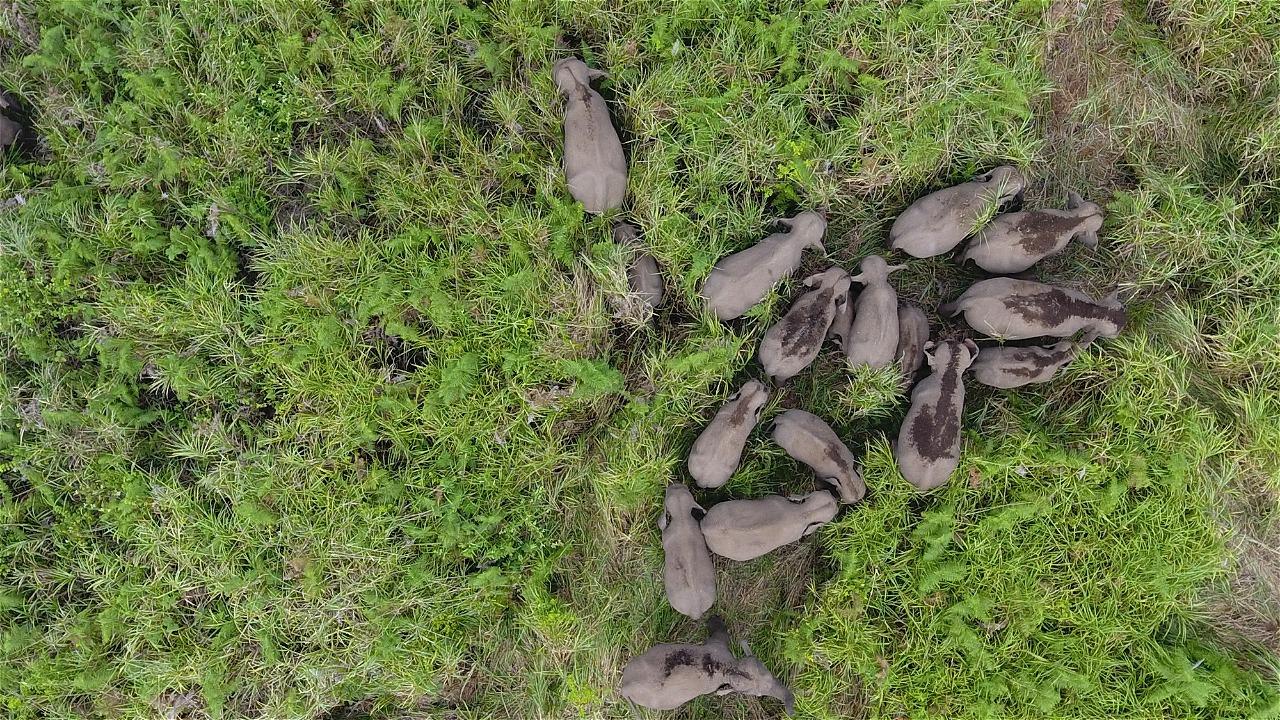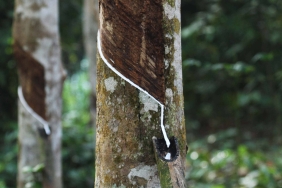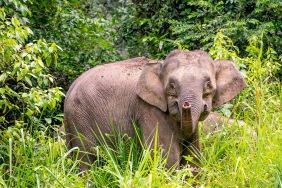LIVING CLOSE TO THE TRUNK? HERE'S HOW TO REDUCE CONFLICT WITH ELEPHANTS
By: Nur Arinta
Sumatran forests are home to many of Indonesia's key animals, one of which is the Sumatran elephant. The Sumatran elephant is the smallest of the three elephant subspecies in Asia. This large mammal with the Latin name Elephas maximus sumatranus can survive up to 70 years in the wild. However, it faces many threats, ranging from poaching, habitat shrinkage, to conflicts with humans.
The shrinking of elephant habitat due to large-scale conversion of forests into plantations, agriculture, and settlements has resulted in elephant range being disrupted by human activities. Humans and elephants often want areas with the same characteristics, so conflicts between the two often occur. Almost every day there is conflict between humans and elephants in Sumatra due to the narrowing of elephant habitat. Pockets of elephant populations are becoming fragmented and this has the effect of decreasing the ability of this distinctive mammal with its trunk to survive in the long term.
The loss of forest as the home of Sumatran elephants eventually forced them into populated areas in search of food. The presence of plants favored by elephants in plantations and agricultural land also invites them to leave their habitat and look for food on community land. This triggers conflicts between humans and Sumatran elephants. Conflicts between humans and elephants often lead to the death of elephants, causing material losses such as damage to gardens and community settlements, to human casualties.
Based on data from the Ministry of Forestry in 2002, there are 82 indigenous tribes of Sumatra who live around the elephant habitat area. These indigenous communities have local wisdom to coexist and share space with wildlife such as elephants. This should be an inspiration for the community to prevent conflicts with Sumatran elephants. So what should we do if we live around the habitat of Sumatran elephants? The following are tips to avoid and prevent conflicts with Sumatran elephants.
1. Do not buy land near elephant habitat1.
If you want to build a house in Sumatra, find out whether the land you want to buy is close to elephant habitat or not. If it is near elephant habitat, you should cancel the purchase and look for another location that is not near elephant habitat.
2. Calculate risks and losses
If you are doing business in an area close to elephant habitat, you must calculate the risk of loss and allocate reserve costs to reduce conflicts with elephants and future damage.
3. Clear gardens in areas adjacent to elephant habitats3.
Be diligent in clearing your garden of undergrowth. Don't let your garden look like a shrubbery, as this is frowned upon by elephants. Sumatran elephants are not at home in open areas, as they need cool shelter, especially during the day. Elephants also feel more secure in a place full of shrubs.
4. Avoid keeping animals such as dogs or similar
Dogs will bark at the sight of an elephant and will disturb the elephant. The discomfort caused will make the elephant tend to chase the dog. Usually if this happens, the dog will run into the house and this will potentially damage the house and even endanger the occupants.
5. Always keep your home and garden well-maintained
Elephants do not recognize forests or land, even settlements, the most important thing for them is food. In nature, elephants will not attack humans if there is no cause that forces them to do so. Usually, elephants will avoid meeting humans. Elephants will usually only attack if surprised or in self-defense.
These are the tips to avoid conflict with Sumatran elephants if we live or have a business near elephant habitat. Elephants are key animals in the ecosystem chain. By saving elephants, we also save many lives in the ecosystem chain. Sharing space is the key to resolving conflicts between elephants and humans. Therefore, let's start living in harmony with nature, especially for those who live close to animal habitats, such as this Sumatran Elephant.





